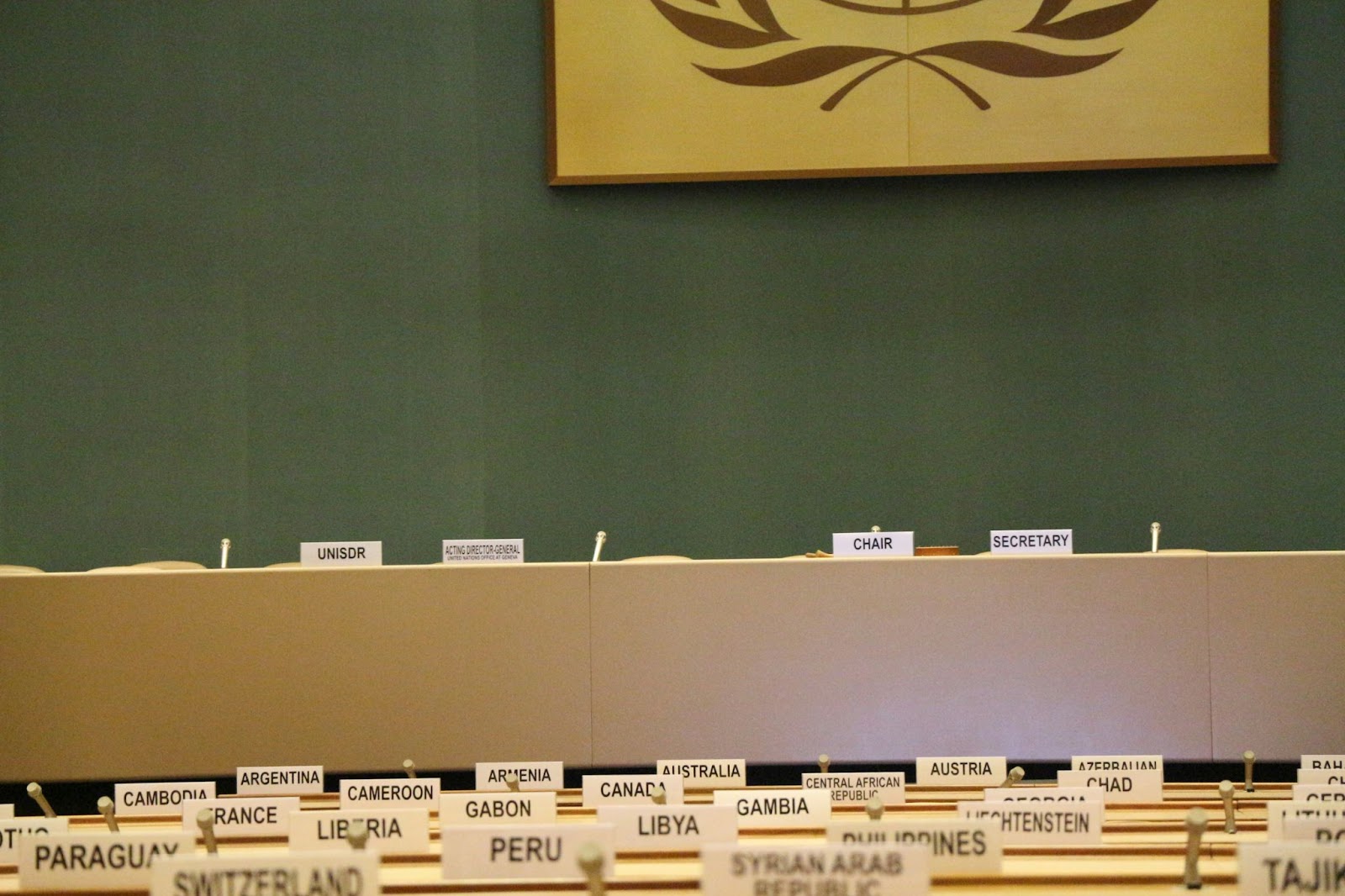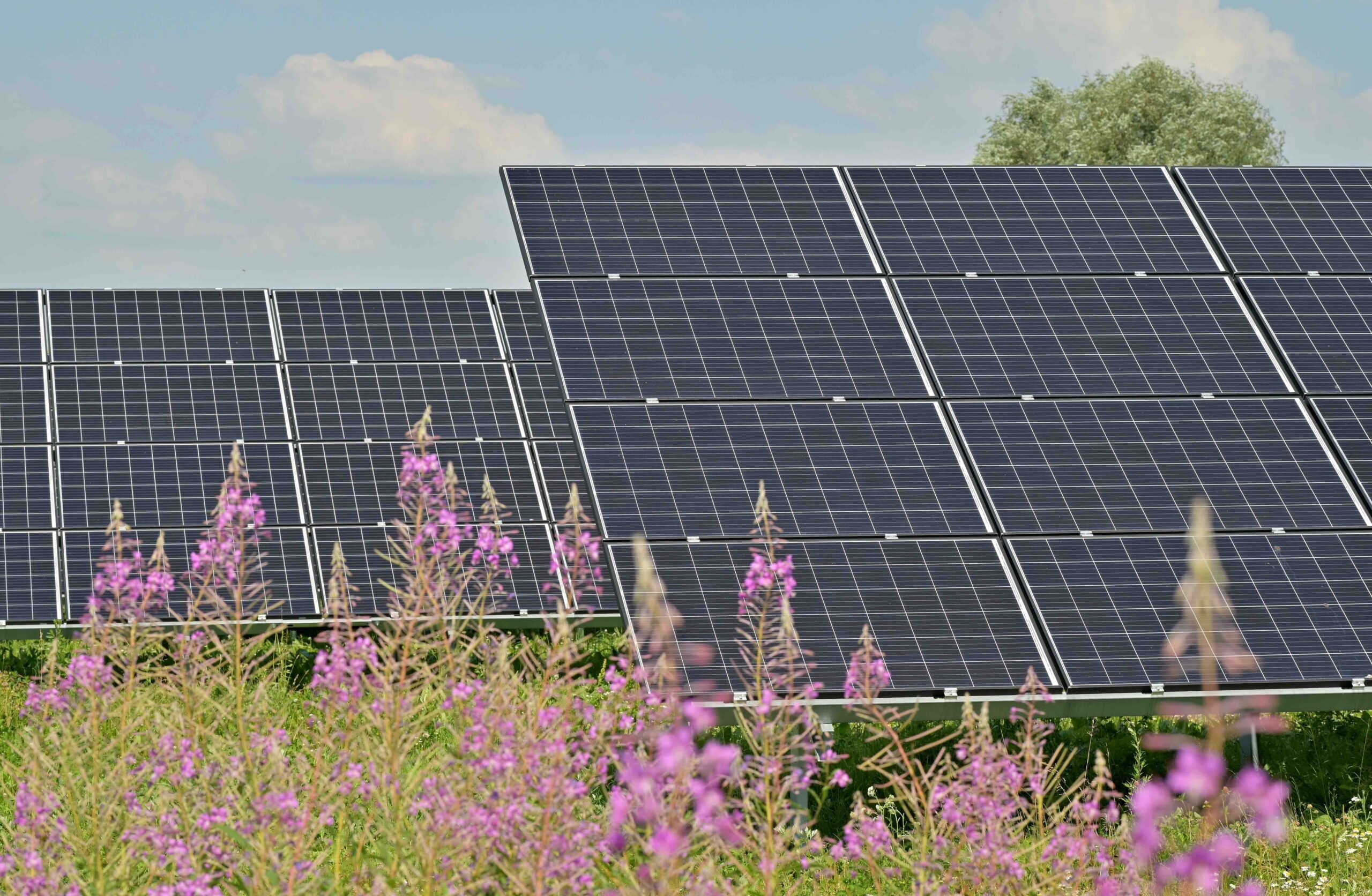Transitioning to renewable energy is a worldwide effort, and the numbers are reflecting positive changes in global electricity generation. The International Renewable Energy Agency (IRENA) presented data showing that 85% of new electricity in 2023 was made from renewable sources.
The data showed that 473 gigawatts (GW) of renewable were installed last year, a sharp increase over 2022 figures. Energy from solar, wind, and hydropower has been growing since 2010. Solar power was prominent in 2023’s electricity generation, accounting for 347 GW (36.7%), and variable renewables (solar and wind) increased to 63% of renewable capacity.
With a 9.3% increase, Asia had the most growth in its capacity as it prioritizes solar and hydropower. North America came in second for the first time with an 8.6% increase across energy sources. Bioenergy and wind both suffered drop-offs in 2023. Europe experienced a small decrease (.6%) from 2021 numbers but was still third. South America took fourth, showing an 11.9% increase due to hydropower and solar.

Photo Courtesy Manny Becerra
More renewable energy facilities are coming online in place of non-renewable energy facilities. Several coal-fired power plants are being converted into battery storage facilities, small modular nuclear power plants, and hydrogen plants.
Community solar has become increasingly popular in the U.S., giving underserved communities a cheap, emission-free source of electricity. However, the roll-out of these projects has been hampered by several factors. Experts attest community solar’s benefits outweigh the costs and aesthetic complaints some have about it.
The race is on for world leaders to triple renewable energy capacity. The goal, set at COP28 in December 2023, has identified wind, solar, and nuclear power as key sources of global electricity demand.
There is also pressure on oil-rich nations to diversify their economies, leaving behind their petrostate status and embracing more renewables.
“We have the solutions at hand, and we have already made huge strides in expanding the global renewable energy capacity and becoming more energy efficient,” a multinational pledge letter reads.

Photo Courtesy Davi Mendes
The world needed to increase renewable energy by 16.1% every year from 2022 to 2030 to hit COP28 goals. Last year, it only grew by 14%, and IRENA says that an annual growth rate of 16.4% is now required to make up the difference. If America and our allies want to lead on future-forward energy generation, then more must be done.
Thankfully, progress is being made in strengthening nuclear power. Bill Gates’s TerraPower recently broke ground in Wyoming for its first small modular reactor, replacing a coal-fired power plant once it is online. France has upgraded its nuclear reactors to meet green electricity goals.
Renewable power is primed to increase. Federal U.S. legislation like the Inflation Reduction Act has made it more cost-effective to implement renewables in some capacity. State and local levels need to continue to rise. However, with 85% of new electricity coming from clean power, America and the world as a whole seem to be on the right path.





